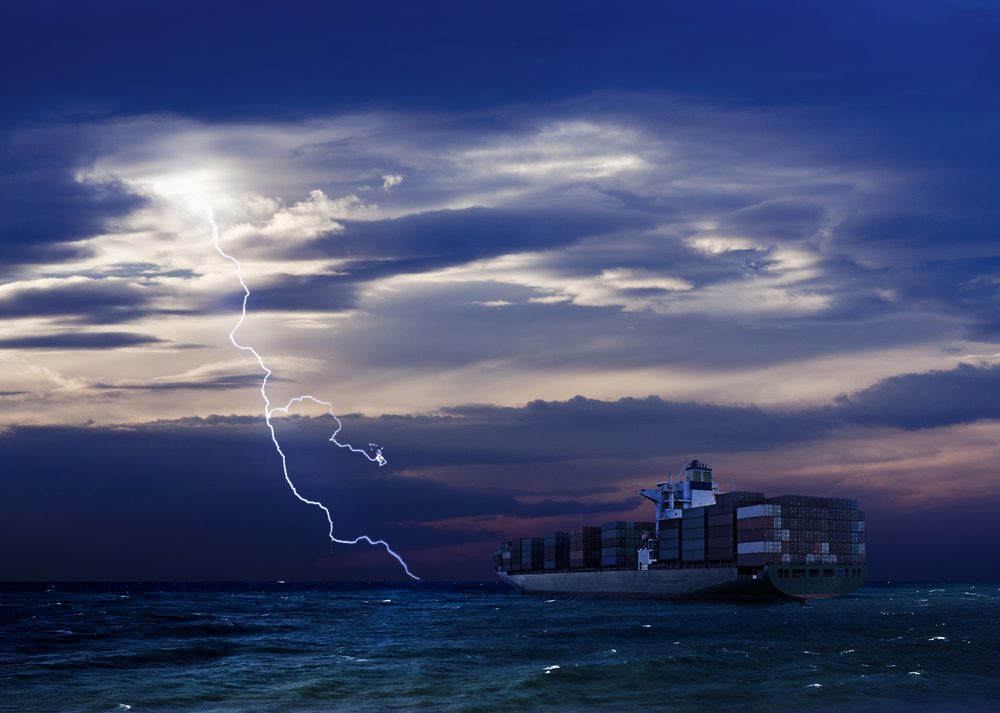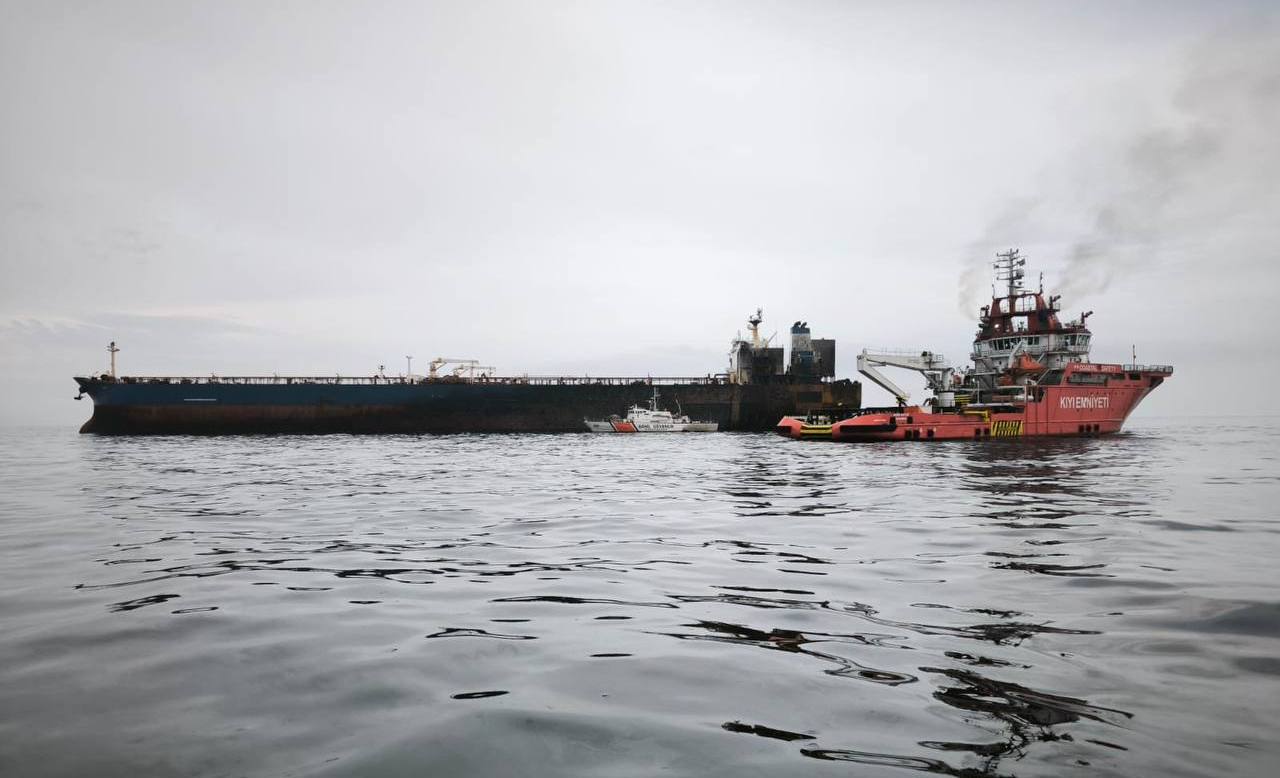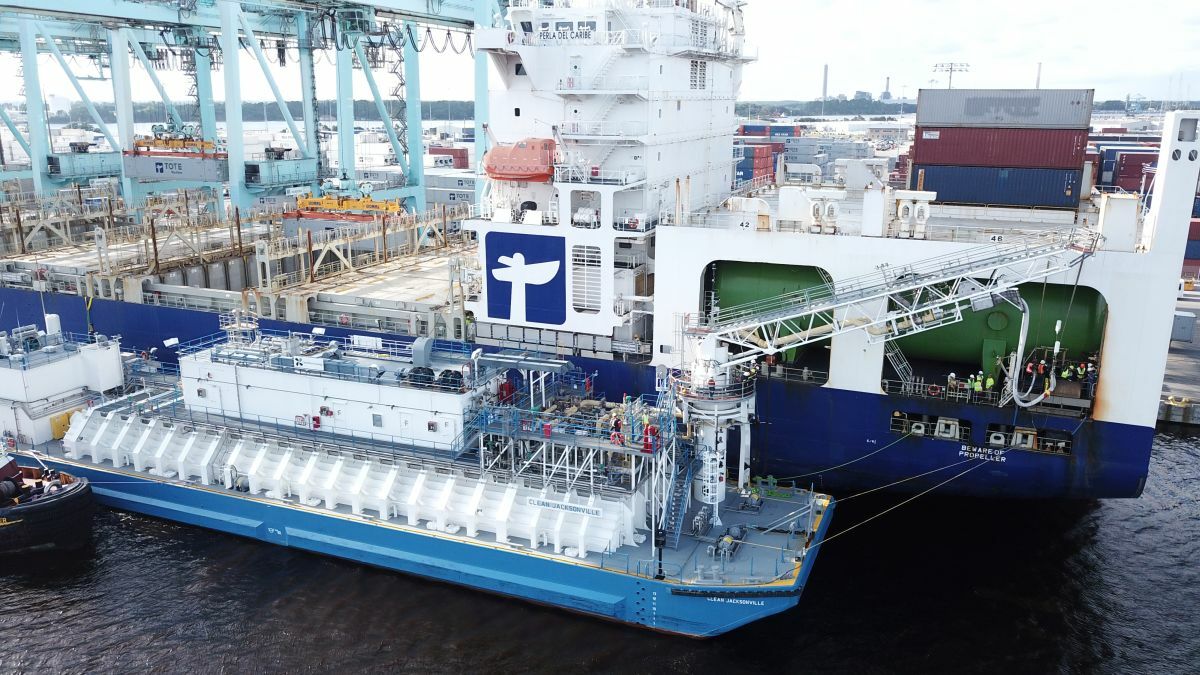Photo: Nexus J / Shutterstock
Thunderstorms directly above two of the world’s busiest shipping lanes are significantly more powerful than storms in areas of the ocean where ships don’t travel, according to new University of Washington research.
A new study mapping lightning around the globe finds lightning strokes occur nearly twice as often directly above heavily-trafficked shipping lanes in the Indian Ocean and the South China Sea than they do in areas of the ocean adjacent to shipping lanes that have similar climates.
The difference in lightning activity can’t be explained by changes in the weather, according to the study’s authors, who conclude that aerosol particles emitted in ship exhaust are changing how storm clouds form over the ocean.
The study published Sept. 7 in Geophysical Research Letters is the first to show ship exhaust can alter thunderstorm intensity. The researchers conclude that particles from ship exhaust make cloud droplets smaller, lifting them higher in the atmosphere. This creates more ice particles and leads to more lightning.
The results provide some of the first evidence that humans are changing cloud formation on a nearly continual basis, rather than after a specific incident like a wildfire, according to the authors. Cloud formation can affect rainfall patterns and alter climate by changing how much sunlight clouds reflect to space.
“It’s one of the clearest examples of how humans are actually changing the intensity of storm processes on Earth through the emission of particulates from combustion,” said lead author Joel Thornton, a UW professor of atmospheric sciences.
All combustion engines emit exhaust, which contains microscopic particles of soot and compounds of nitrogen and sulfur. These particles, known as aerosols, form the smog and haze typical of large cities. They also act as cloud condensation nuclei – the seeds on which clouds form. Water vapor condenses around aerosols in the atmosphere, creating droplets that make up clouds.
Cargo ships crossing oceans emit exhaust continuously and scientists can use ship exhaust to better understand how aerosols affect cloud formation.
Co-author Katrina Virts, a former UW postdoctoral researcher who is now an atmospheric scientist at NASA Marshall Space Flight Center in Huntsville, Alabama, was analyzing data from the World Wide Lightning Location Network, a UW-based network of sensors that locates lightning strokes all over the globe, when she noticed a nearly straight line of lightning strokes across the Indian Ocean.
Virts and her colleagues compared the lightning location data to maps of ships’ exhaust plumes from a global database of ship emissions. Looking at the locations of 1.5 billion lightning strokes from 2005 to 2016, the team found nearly twice as many lightning strokes on average over major routes ships take across the northern Indian Ocean, through the Strait of Malacca and into the South China Sea, compared to adjacent areas of the ocean that have similar climates.
“All we had to do was make a map of where the lightning was enhanced and a map of where the ships are traveling and it was pretty obvious just from the co-location of both of those that the ships were somehow involved in enhancing lightning,” Thornton said.
Water molecules need aerosols to condense into clouds. Where the atmosphere has few aerosol particles – over the ocean, for instance – water molecules have fewer particles to condense around, so cloud droplets are large.
When more aerosols are added to the air, like from ship exhaust, water molecules have more particles to collect around. More cloud droplets form, but they are smaller. Being lighter, these smaller droplets travel higher into the atmosphere and more of them reach the freezing line, creating more ice, which creates more lightning. Storm clouds become electrified when ice particles collide with each other and with unfrozen droplets in the cloud. Lightning is the atmosphere’s way of neutralizing that built-up electric charge.
Ships burn dirtier fuels in the open ocean away from port, spewing more aerosols and creating even more lightning, Thornton said.
“It is the first time we have, literally, a smoking gun, showing over pristine ocean areas that the lightning amount is more than doubling,” said Daniel Rosenfeld, an atmospheric scientist at the Hebrew University of Jerusalem who was not connected to the study. “The study shows, highly unambiguously, the relationship between anthropogenic emissions – in this case, from diesel engines – on deep convective clouds.”
Other co-authors are Robert Holzworth, a UW professor of Earth and space sciences who directs lightning network, and Todd Mitchell, a research meteorologist at the UW’s Joint Institute for the Study of the Atmosphere and Ocean.
This was originally posted as a press release by the American Geophysical Union.

 Join The Club
Join The Club











